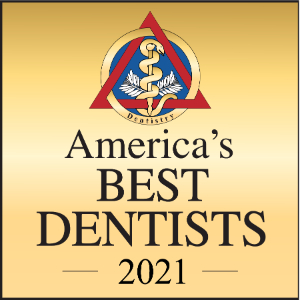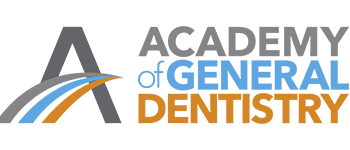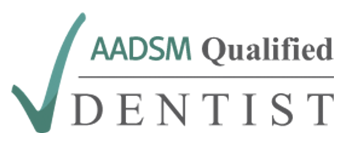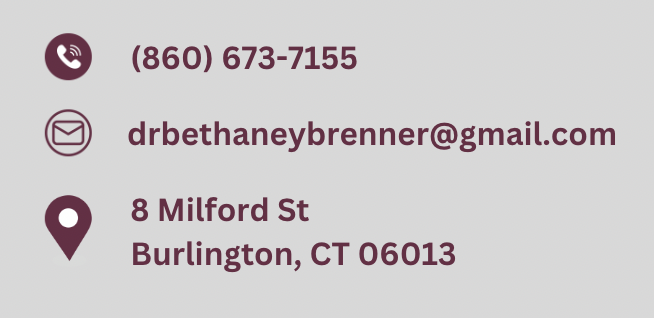“Nearly half of all people who start CPAP therapy stop using it within the first year.”
If that sounds like you, you’re not alone—and you’re not out of options. While CPAP (Continuous Positive Airway Pressure) has long been the gold standard for treating sleep apnea, it’s not the only path to better sleep and breathing. In fact, a growing number of people are finding relief through sleep apnea treatment alternatives that are simpler, more comfortable, and easier to stick with.
Let’s explore those options and see how they might help you sleep better, breathe easier, and wake up feeling more like yourself again.
Understanding Sleep Apnea and Why It Matters
Sleep apnea is a condition where your breathing pauses or becomes shallow while you sleep. The most common type is obstructive sleep apnea (OSA), caused by a blocked or narrowed airway. These pauses disrupt your sleep cycle—sometimes hundreds of times a night.
Even if you don’t remember waking up, your brain does. That’s why people with untreated sleep apnea often feel tired, foggy, or irritable, even after a full night in bed.
And it’s more than just sleep. Untreated apnea has been linked to high blood pressure, stroke, heart problems, diabetes, and even memory loss. So finding the right treatment matters—not just for your rest, but for your long-term health.
Why People Seek CPAP Alternatives
CPAP is effective, no doubt about it. But for some, it’s just too uncomfortable. Masks can feel claustrophobic. The hose might get tangled. The air pressure might dry out your nose or make it tough to fall asleep.
And let’s face it: wearing a machine to bed every night isn’t easy.
If you’ve tried CPAP and it didn’t work—or you simply want to avoid it altogether—there are alternatives worth exploring. Many are just as effective for the right candidate. And they often feel more natural, less invasive, and easier to maintain.
Oral Appliance Therapy: A Quiet, Travel-Friendly Solution
One of the most popular CPAP alternatives is oral appliance therapy. This involves wearing a small, custom-fitted device in your mouth while you sleep. It looks kind of like a sports mouthguard—but its purpose is way more powerful.
Oral appliances work by gently shifting your lower jaw forward, which helps keep your airway open. No air pressure. No mask. Just a simple solution that helps you breathe freely all night long.
These appliances are quiet, comfortable, and easy to travel with. They’re ideal for people with mild to moderate obstructive sleep apnea, especially those who can’t tolerate CPAP.
The best results come from custom devices—not store-bought ones—fitted and adjusted for your unique bite and airway.
Positional Therapy: Better Sleep by Changing Your Sleep Position
For some people, sleep apnea only occurs—or gets worse—when they sleep on their back. That’s where positional therapy comes in.
This treatment trains your body to sleep on your side instead of your back, using pillows, wearable sensors, or special sleep garments. Some devices even vibrate gently when you roll onto your back to encourage repositioning.
It sounds simple, and it is—but for the right person, it can make a huge difference. This approach is often used on its own for positional obstructive sleep apnea, or alongside other therapies.
Weight Loss and Lifestyle Changes: Supporting the Root Cause
Excess weight—especially around the neck—can put pressure on your airway while you sleep. That’s why weight loss is often one of the most powerful ways to reduce or even reverse sleep apnea.
Even a small change, like losing 10% of your body weight, can lower your AHI (apnea-hypopnea index) and improve breathing at night.
Other helpful lifestyle tweaks include:
- Avoiding alcohol and sedatives, which relax throat muscles
- Quitting smoking, which inflames and narrows the airway
- Practicing good sleep hygiene—same bedtime, cool dark room, minimal screens before sleep
These changes take time, but they support better breathing—and better results from any other treatment you use.
Myofunctional Therapy: Train Your Tongue, Transform Your Sleep
This one’s lesser-known, but it’s gaining traction fast. Myofunctional therapy is a series of exercises that target the muscles of your face, tongue, and airway.
Many people with sleep apnea have weak tongue posture, poor oral habits, or chronic mouth breathing. This therapy retrains your muscles to support better nasal breathing and reduce airway collapse.
It’s non-invasive, easy to learn, and often done alongside oral appliance therapy or lifestyle changes. Bonus: it can also help with snoring and jaw pain.
Breathing Retraining and Nasal Health
We often overlook how we breathe. But nose breathing is better for oxygen uptake, airway health, and sleep quality. If you breathe through your mouth at night, it could be worsening your apnea.
Simple strategies like using saline rinses, nasal strips, or doing breathing exercises during the day can help. Mouth taping (under supervision) is also growing in popularity for supporting nasal breathing at night.
Improving airflow through the nose can make other treatments more effective—and help you sleep more deeply.
Combination Therapy: Putting It All Together
You don’t have to choose just one treatment. In fact, many people do best with a combination of options.
For example, someone might use an oral appliance and also sleep on their side. Another might combine myofunctional therapy with weight loss and reduced alcohol use. It’s not about perfection. It’s about progress and building a routine that feels doable.
A little here, a little there—and suddenly, sleep feels better again.
Tracking Results: How You Know It’s Working
The best way to know if your alternative treatment is working is to track how you feel. Are you waking up more rested? Less groggy? Are headaches improving? Are you snoring less (or is your partner happier)?
You can also repeat a sleep study—either in-lab or at home—to check your AHI score after starting a new treatment. This helps confirm that your solution is working and gives you peace of mind.
It’s not always a straight line. But with time and the right tools, most people find a combination that works.
The Bottom Line
Sleep apnea isn’t just about how much you sleep—it’s about how well you breathe while you do it. And while CPAP has its place, it’s not the only answer.
If you’ve struggled with traditional treatment, there’s hope. With the right mix of oral appliances, lifestyle changes, myofunctional therapy, or positional adjustments, relief is possible. Even better? These approaches often feel more natural and sustainable over time.
The key is finding what fits your body, your lifestyle, and your sleep goals.
